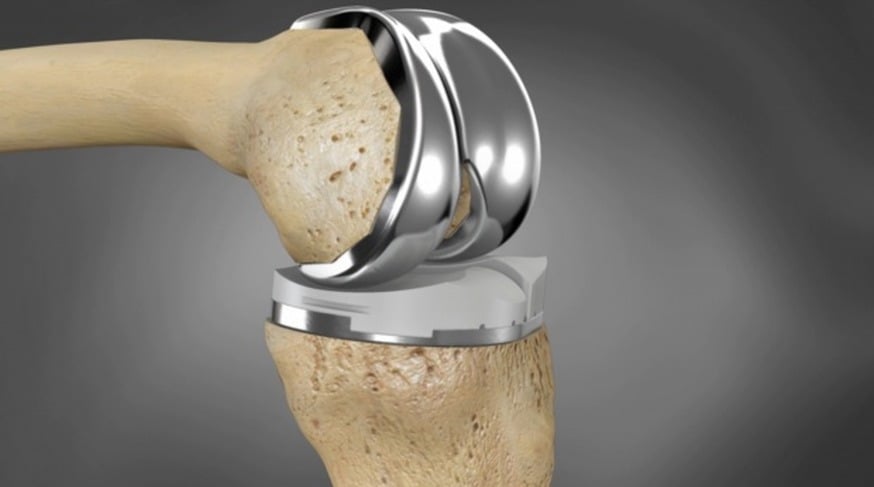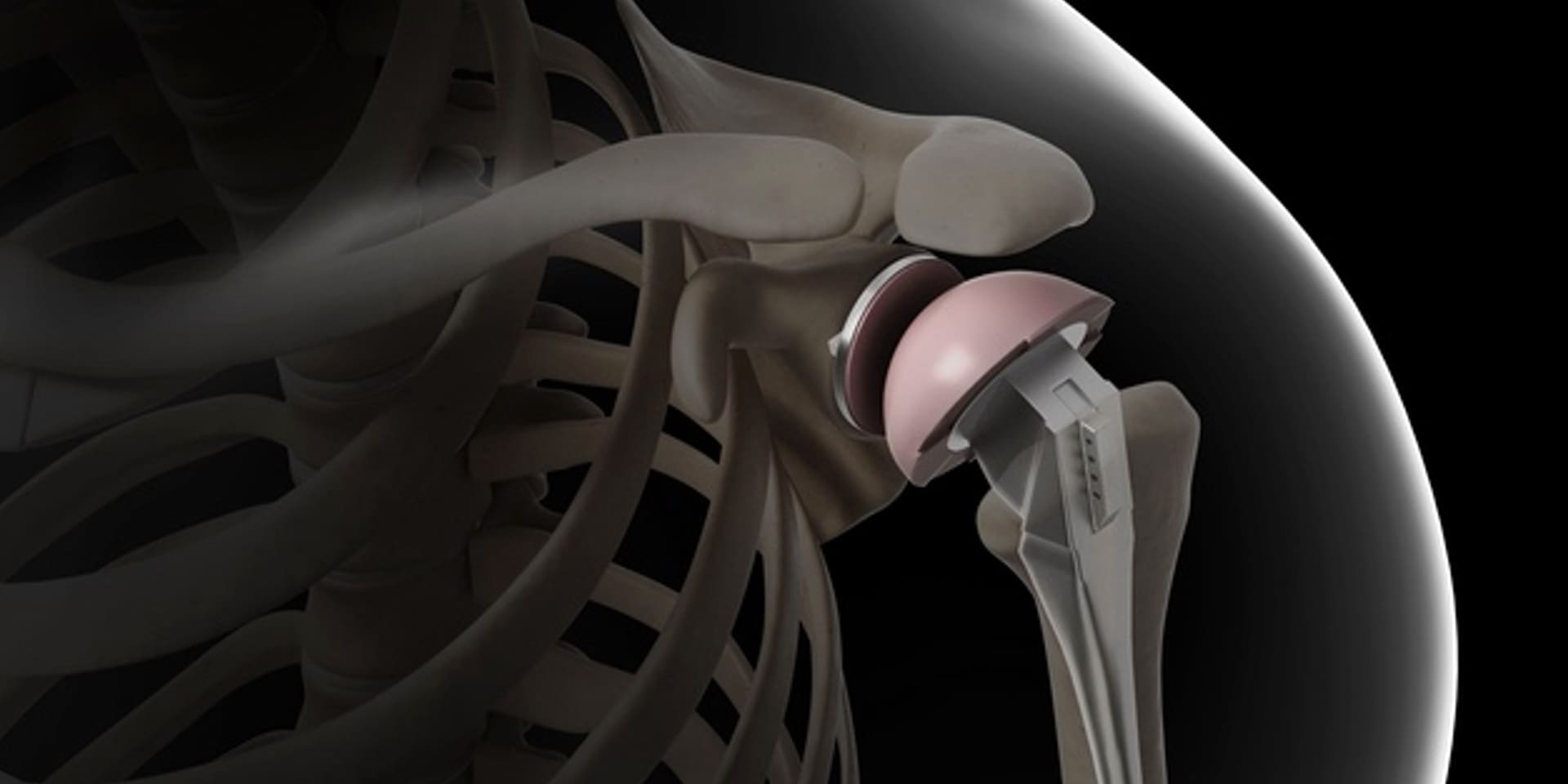Global Medical device manufacturers are more focused than ever on developing innovative orthopedic products for superior patient outcomes. Currently, most of conventional knee systems are designed to fit-one-size-for-all concept baring some which are designed for specific demographics population. Surgeons and patients face major challenges in such systems and have been demanding for better solution. Customized systems are progressively appealing to surgeons and patients because of the value addition they provide. Customized systems are manufactured on the rationale that every patient is special. They are designed decisively to ensure that the alignment is precise & customized for each patient leading to reduced efforts at the time of surgery. This development will help meet the unfulfilled demand, particularly in the emerging markets where patients are hesitant to opt for surgery due to longer surgery time and recovery.
Knee replacement implant manufacturers are now offering patient-specific or custom implants created from MRI and CT scan data that closely matches the natural shape and curves of patient’s knee. Implants are personalized depending upon various factors such as the patient’s age and bone density, disorder, type of surgery, surgeon’s preferences and other related factors. The manufacturers use special technology to convert the scan of patient’s knee into a 3D model which is then used to select a system that closely matches patient’s own knee. Computer aided surgical instrumentation is used by surgeons during the procedure to simplify significant number of the operating steps. This results into reduced effort required to analyse alignment and proper positioning of the implant.
The design of each personalized knee system is highly precise, factoring in the patient’s unique anatomy and lifestyle. It results in an almost perfect fit, uniform stress distribution, and better load bearing capacity.
Key advantages of the personalized knee system over standardized systems include:
- Improved alignment
- Decreased operative time
- Increased patient throughput
- Reduced risk of fat embolism and intra-operative bleeding due to minimal bone removal (i.e., no intramedullary canal reaming)
- Decreased tissue loss
- Shorter recovery
- Reduced postoperative pain
- Decreased incidence of infection
Traditional manufacturing methods like CNC machining, plastic molding, and casting have a long lead time because of the involvement of activities such as tool design and development, and manufacturing trials. Additive manufacturing (or 3D Printing, as it is more popularly known as) can diminish this manufacturing lead time and result in improved patient satisfaction eventually.
There has been an extraordinary development in Additive Manufacturing over the Medical Devices industry, prompting a significant level of investment and interest across the globe. It is ready to turn into one of the most valued forms of manufacturing. Researchers and engineers have made incredible strides in additive manufacturing making prosthetic and instruments. Additive Manufacturing methodology is being deployed in pre-operative, operative planning at hospitals along with imaging techniques for simulation of procedures.
Medical Device manufacturers should consequently consider moving past conventional manufacturing practices and power this development to offer high value solutions to market. This could end up being a win-win situation for all stakeholders - manufacturers, healthcare providers, surgeons and end users – as far as lower expenses, faster time to market, and improved results in personalized orthopaedic therapies.
Original Thoughts published on additive manufacturing for personalized knee systems













Let Us Know What You Thought about this Post.
Put your Comment Below.